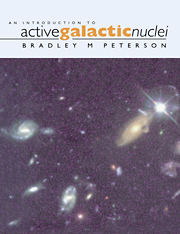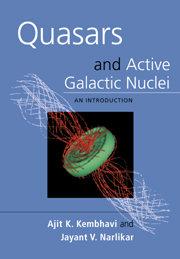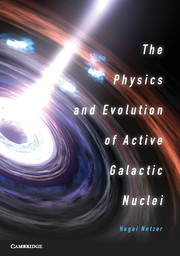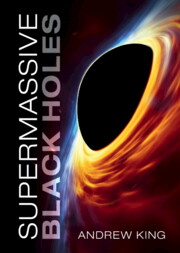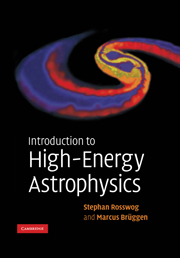An Introduction to Active Galactic Nuclei
How can we test if a supermassive black hole lies at the heart of every active galactic nucleus? What are LINERS, BL Lacs, N galaxies, broad-line radio galaxies and radio-quiet quasars and how do they compare? This timely textbook answers these questions in a clear, comprehensive and self-contained introduction to active galactic nuclei - for graduate students in astronomy and physics. The study of AGN is one of the most dynamic areas of contemporary astronomy, involving one fifth of all research astronomers. This textbook provides a systematic review of the observed properties of AGN across the entire electromagnetic spectrum, examines the underlying physics, and shows how the brightest AGN, quasars, can be used to probe the farthest reaches of the Universe. This book serves as both an entry point to the research literature and as a valuable reference for researchers in the field.
- The first comprehensive graduate-level textbook on active galactic nuclei
- Introductory material on relevant cosmology is included to ensure the book is completely self-contained
- A synthesised and comprehensive review of the most dynamic area of contemporary astronomy
- Nearly 1 in 5 professional astronomers study AGN
Product details
February 1997Paperback
9780521479110
256 pages
245 × 190 × 15 mm
0.472kg
60 b/w illus. 12 tables
Available
Table of Contents
- Preface
- Acknowledgements
- 1. Basic properties and a brief historical perspective
- 2. Taxonomy of active galactic nuclei
- 3. The black hole paradigm
- 4. Continuum emission
- 5. The broad-line region
- 6. The narrow-line region
- 7. Unified models of AGNs
- 8. The environment of AGNs
- 9. The geometry of the expanding universe
- 10. Quasar surveys
- 11. The quasar luminosity function and evolution
- 12. Quasar absorption lines
- References
- Bibliography.

